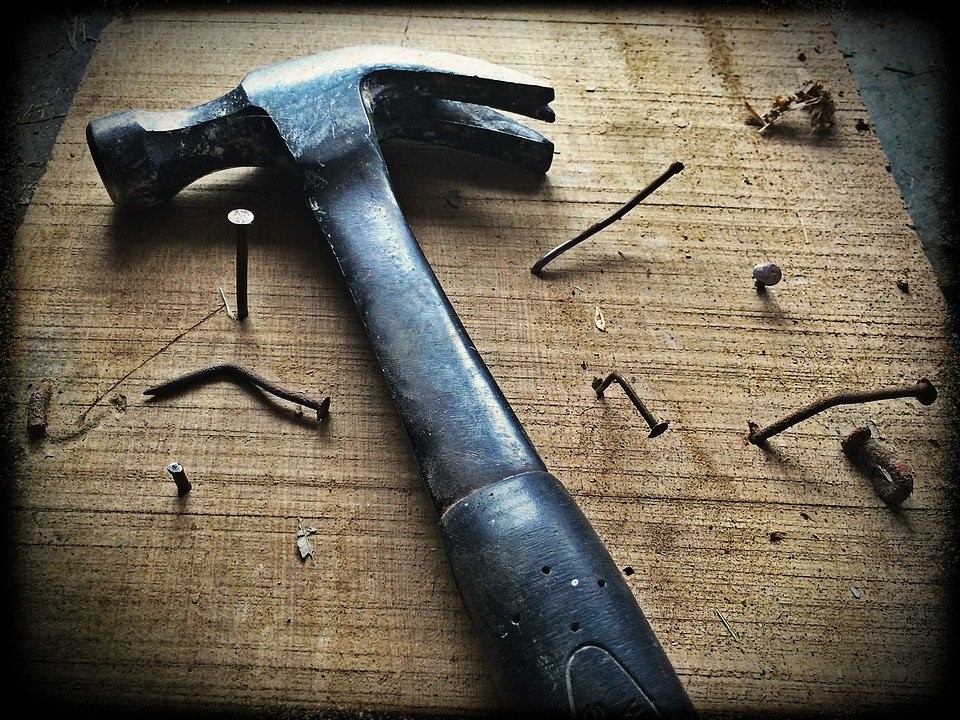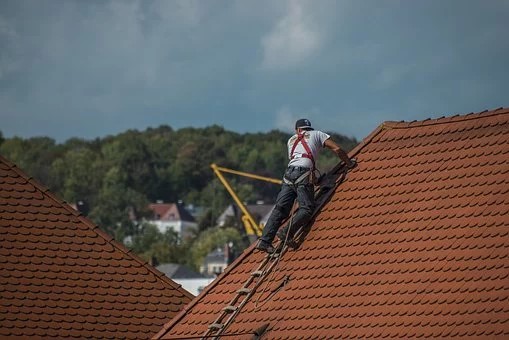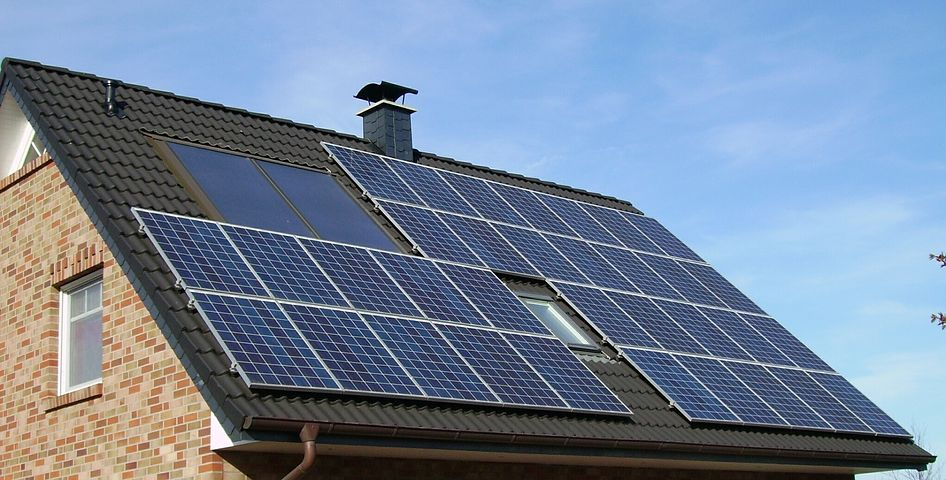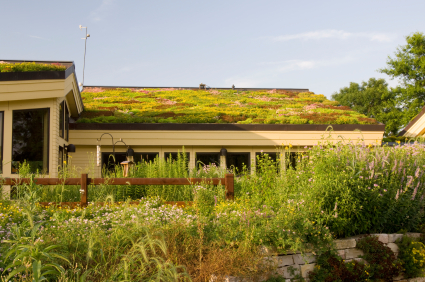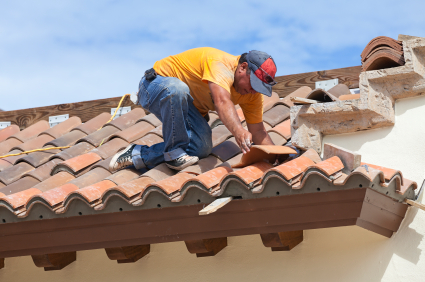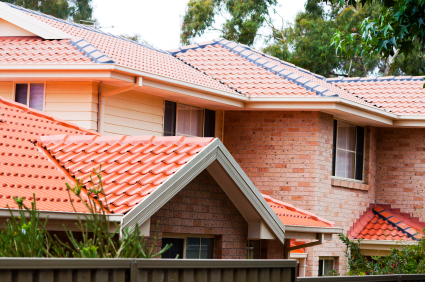Roofing with Solar Tiles
The demand for using clean energy is on the rise. It has been influenced by climate change, and people around the globe are putting efforts to create a zero-carbon future. Considering the drastic weather changes we are experiencing, reducing the carbon footprint is a smart move.
The building and construction industry is doing incredibly well in helping property owners install renewable energy. Solar panels were a popular option around 2010. Today, manufacturers have come up with a more convenient option – solar tiles. Instead of being fixed on the roof like the solar panels, these are used as roofing materials. Click here to find a roofing company that provides these services.
Durability
The primary concern of a property owner when installing a roof is the period that the roof will serve them. Generally, roofing constitutes one of the most expensive parts of building or renovating a house. So, the longer the roofing material lasts, the better.
Solar tiles have a typical lifespan of regular roofing materials. These tiles last for up to 25 years and are reliable since they can withstand harsh weather elements.
Aesthetics
Unlike the common solar panels, these are not mounted on an existing roof. Instead, they are installed like roofing material. It means your roof will not have bumpy parts but have a continuous and smooth look.
Solar tiles can serve you the purpose if you want your house to look aesthetic while using renewable energy. They make your house look appealing when the installation gets complete.
Efficiency
Solar tiles are approximately 18-22% efficient. The percentage is slightly below the regular solar panels, but because they are relatively new in the market, more improvements can be made.
When installing them on new construction, solar tiles are cost-efficient. When using solar panels, you will make double payments. The purchasing cost of the solar panels, the roofing material, and the installation.
But, when installing the solar tiles, you only incur the roofing material and installation cost. On average, homeowners save between $4,000 and $5,000 when they install these roofs instead of mounting solar panels.
The solar tiles come with an integrated battery system. This system helps with providing backup storage that can be used when there is power outage. It is created in a brilliant way that allows it to detect when the power blacks out. Automatically, it charges from the sunlight, which keeps you powered for several days.
Optimization
Only a handful of manufacturers produce this roofing material. Some of these manufacturers have a mobile app to ensure it is rewarding for those who opt to use it. With such apps, you can monitor and optimize your solar energy consumption. It helps you set how to use the power to allow savings, energy independence, and more in real-time and from wherever you are.
Safety
Roofing tiles are safe for use in homes with kids and pets. Once the installation is complete, no visible wires or vents are left. As a result, incidents of children or pets being electrocuted or burned by hot vents are rare.
Pros and Cons of Using Solar Tiles
Undoubtedly, solar tiles are revolutionary in the building and construction industry. As a new and evolving product, it has its ups and downs, which are as follows:
- They are environmentally friendly. Solar tiles use renewable energy to produce power for households. So, they do not produce carbon footprints, which helps achieve the goal of reducing carbon footprints.
- They are weather resistant. Solar tiles are not limited to use in a specific area. The roofing material is strong and made to withstand elements such as hailstones, fire, rain, and snow. Regardless of where you reside, you can install this roof without worries.
- They have low maintenance. Once you install this roof, much is not needed. It does not require extreme care like some roofing materials. Since it is an all-weather material, maintenance such as regular painting is unnecessary. It does not fade or rot to demand such.
- They require special talents to install. The solar tiles are not easy to install. This calls for specialized talents to do the work. Such is difficult to find, and when available, they charge relatively high for labor. This cost can be a turn-off to property owners with a limited budget.
Solar tiles are an incredible invention that will help homeowners enjoy reduced energy bills while reducing the carbon footprint. If you are torn between using solar tiles or regular ones, here is the information to help you understand the product. Make the right decision because you are informed!
Tags: contemporary, eco-friendly, energy efficiency, home improvement, roofing, roofing materials, solar

